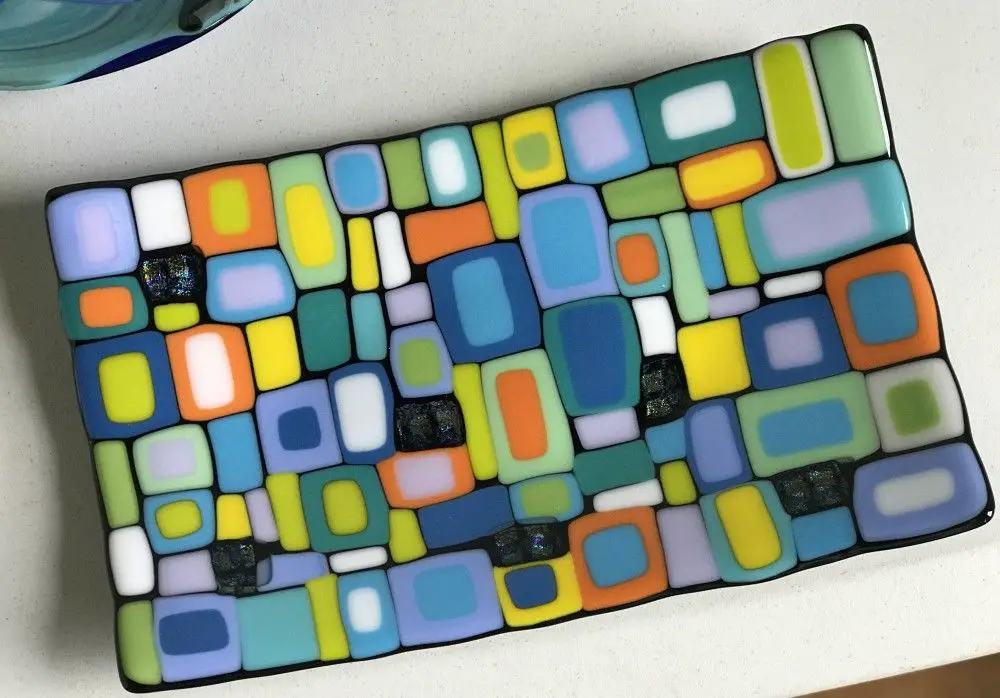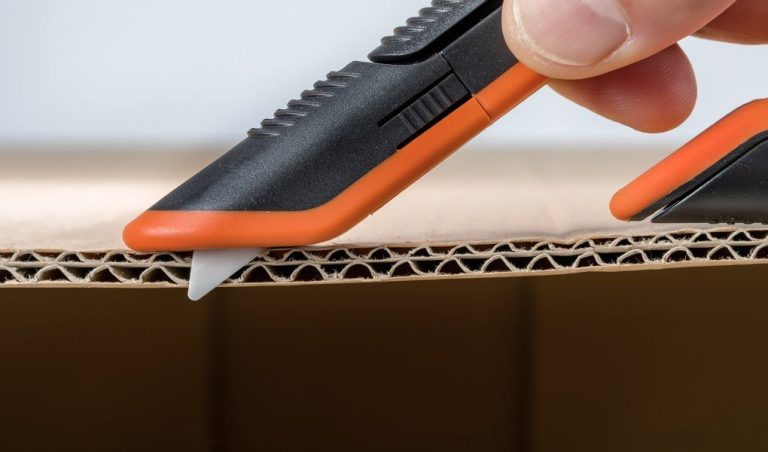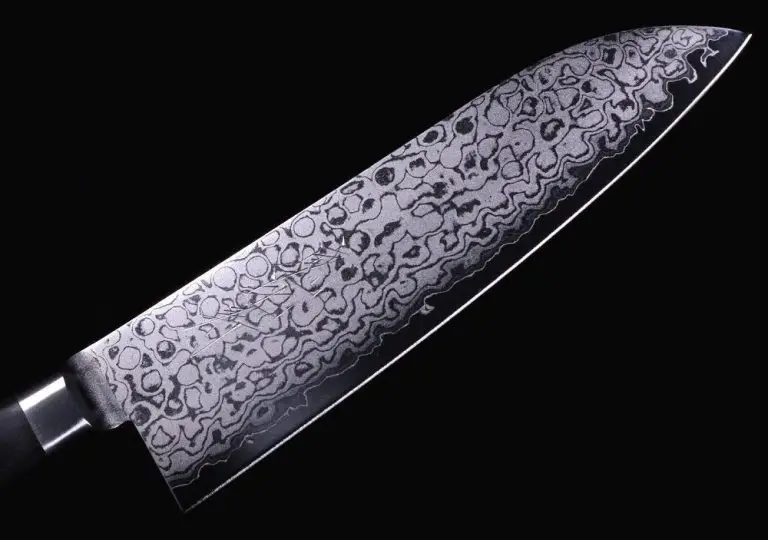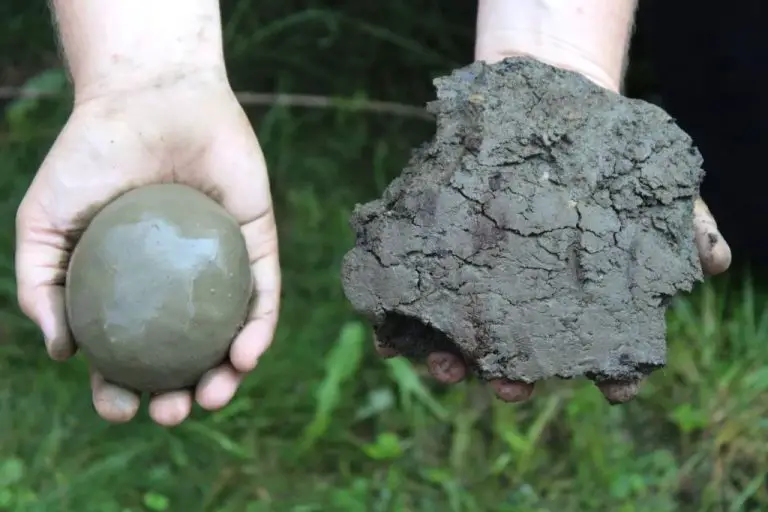What Is Fused Glass Called?
Fused glass is a technique of producing glass art by fusing together pieces of glass using heat. The pieces of glass are arranged to create a design and then fired in a kiln at high temperatures to fuse them together into a solid piece.
The origins of fused glass date back thousands of years. Some of the earliest known examples come from ancient Egypt, where artisans in the 3rd millennium BCE discovered that heating different colored glass pieces could fuse them together. The technique became popular in Roman times for making colorful glass mosaics and jewelry. In the Middle Ages, fused glass was used for stained glass windows in cathedrals and churches.
Today, fused glass is a popular craft and art form. Modern artists use the technique to create a wide variety of glass pieces like dishes, jewelry, sculptures, wall art, and more. Fused glass produces vibrant and eye-catching designs with textured surfaces and striking patterns.
The Fusing Process
Glass fusing is the process of joining separate pieces of glass together through heat. The glass pieces are arranged in a design and then fired in a kiln, where they are heated to temperatures between 1,100-1,500°F. At these high temperatures, the edges and surfaces of the glass pieces begin to melt and fuse together into one solid piece.
During the kiln firing process, the temperature is steadily increased to allow the glass to slump and fuse without melting completely. The ramp up and cool down schedules are carefully controlled. First, the temperature rises to about 1,000°F to slowly relax any internal stresses in the glass. Then it continues up to the target fusing temperature and holds for 10-20 minutes. Finally, the kiln is cooled slowly over several hours to anneal the glass and prevent cracking or shattering.
The fused glass comes out with a smooth, glossy surface. The original glass pieces are merged seamlessly into one rigid piece that can be slumped into 3D shapes. Proper firing results in a permanent bond so the glass will not separate, even with hard use. This fusion process allows artists to create stained glass windows, plates, jewelry and other artwork from multiple pieces of glass.
Different Types of Fused Glass
There are several different types of glass used in fusing projects, each with their own unique properties and effects:
Sheet Glass – The most common type of glass used is sheet glass, also called float or window glass. This soda-lime glass comes in a variety of colors and can be easily cut and fused (https://www.americanglasssupply.com/glass-basics/).
Stained Glass – Stained glass contains metallic oxides to color the glass and make it opaque. The opacity allows light to pass through stained glass in vivid colors. Stained glass requires special handling when fusing (https://www.thecrucible.org/guides/glass-fusing-3/).
Dichroic Glass – This glass has a microscopically thin metallic coating that reflects specific wavelengths of light, resulting in shifting colors. It can create stunning optical effects (https://www.thecrucible.org/guides/glass-fusing-3/).
Murrine – Murrine is made by layering colored glass rods or tiles together and then stretching and twisting them to create patterned canes. Slices of murrine reveal intricate designs when fused.
Frit – Crushed bits of glass called frit come in different sizes for filling gaps, creating texture, and adding accent colors.
With an understanding of the unique properties of each glass type, fused glass artists can create infinite combinations and effects in their work.
Tools and Materials for Fused Glass
Fused glass requires some essential tools in order to complete projects successfully. The most important tool is a kiln, which is an oven that heats to very high temperatures for fusing glass together. Kilns designed specifically for fusing are preferable over a standard ceramic kiln. Other important tools include:
- Glass cutter – for cutting glass to size
- Glass grinder – for smoothing sharp glass edges
- Safety glasses – for eye protection
- Gloves – for protecting hands
- Pattern shears – for cutting paper patterns
- Glue stick – for adhereing paper patterns to glass
- Soldering iron – for adding embellishments
There are several types of glass materials used in fused projects:
- Sheet glass – thin sheets of transparent or colored glass in various sizes and textures. Smooth “waterglass” is common.
- Frit – small granules of colored glass, often used to create patterns. https://bonnydoonfusedglasstools.com/stainless-steel-forms
- Rods – thin rods of colored glass used for lines and details.
- Dichroic glass – glass coated with a metallic layer that displays shifting colors.
- Powder – very fine grains of colored glass used for shading.
With the proper tools and materials, fused glass artists have endless creative possibilities for jewelry, dishes, wall art, and more.
Fused Glass Techniques
There are many different techniques used in fused glass to create unique effects and finishes. Some popular techniques include:
Frit Casting

Frit casting involves using small grains of colored glass called frit. The frit is arranged in a mold and then fired, melting together to create patterns and textures. Frit casting can be used to make jewelry pendants, dishes, and other glass objects with a bumpy, artistic look. For example, frit cast platters often have a cratered texture reminiscent of the moon’s surface.
Inclusions
Inclusions refer to adding foreign materials within layers of glass to create interest. Items like dichroic glass, foils, wires, fabrics, or found objects can be positioned between sheets of glass before fusing. The inclusions melt into the glass or remain embedded to provide color effects, shadows, and dimensional elements in the final piece. Inclusion techniques can create stained glass-like windows or jewelry with embedded metal foils or wires.
Sculpting
Glass fusing allows for sculpting by layering and melting glass into three-dimensional forms. Small projects like beads or jewelry components can be sculpted by hand. For larger sculptural pieces, elements are often fired on ceramic molds to achieve the desired shapes. Some glass artists create abstract wall hangings, bowls, and figurines using sculpting techniques. The molten glass surface develops beautiful patterns and textures in the firing process.
Tips for Beginners
Getting started with fused glass can be intimidating, but taking the time to learn some best practices and avoid common mistakes will set you up for success. According to Everything Stained Glass, it’s best for beginners to start with small, simple projects. Draw out your design on paper first, then cut your glass and clean it thoroughly. You can fuse glass without a kiln using a torch or fireplace, but be sure to follow safety precautions. Avoid plunging glass in cold water after fusing, as this could cause cracks or breakage.
Some key mistakes to steer clear of as a novice include layering too much glass, moving pieces around during fusing, and leaving air bubbles under larger pieces. Soul Ceramics recommends beginners stick to basic items like coasters, jewelry pendants, or small dishes. Don’t attempt large, intricate mosaics or thick sculpture pieces until you’ve refined your skills. Pay close attention to glass compatibility, expansion rates, and firing schedules. With some practice, you’ll be on your way to creating beautiful fused glass artworks.
Advanced Fused Glass Projects
As artists develop their skills and knowledge of fused glass techniques, they are able to take on more complex and intricate projects. Here are some examples of advanced fused glasswork:
Three-dimensional sculptures – Rather than making flat pieces, experienced artists can shape the glass into 3D objects like bowls, vases, and abstract sculptures. This requires planning the design in multiple layers and angles.
Large-scale installations – Big projects like room dividers, wall hangings, mirrors, and tabletops take more glass materials and workspace. The glass pieces must be properly supported and balanced.
Multi-layered designs – Combining many separate layers of glass lets artists create depth and texture. This requires careful alignment of the layers and intentional use of glass types, like transparent and opaque.
Fine detail work – Intricate patterns, shapes, and color details require precision cutting and grinding skills. Mimicking objects like trees, flowers, animals, and portraits is very challenging.
To take on these more complex projects, advanced fused glass artists have honed skills like:
– Proficient glass cutting – Both straight lines and detailed shapes.
– Layering and firing mastery – Stacking many pieces of glass into a cohesive design.
– Varied glass manipulation – Slumping, draping, molding glass into new forms.
– Precision grinding and polishing – For smooth refined edges and transparency.
– Glass compatibility knowledge – Pairing types of glass successfully.
– Kiln expertise – Programming and operating large kilns.
With practice and expanding knowledge, fused glass artists can bring incredible creativity to their advanced works of art.
Fused Glass Artists to Know
Fused glass art has grown in popularity over the years thanks to the beautiful and innovative works created by talented artists. Here are some of the most famous fused glass artists and examples of their stunning creations:
Dale Chihuly is considered one of the most influential glass artists of all time. He is known for his ambitious large-scale installations like the Fiori di Como composed of over 2,000 hand-blown glass flowers. His work can be seen in numerous museums and public spaces around the world.
Mary Shaffer’s signature style incorporates bold colors and dynamic designs. She often layers opaque and translucent glass to create dimension and texture. Shaffer’s works include the Celestial Reflection series depicting abstract skyscapes.
Melissa Vandenberg is recognized for her jewelry, dishes, and platters made using her distinctive layering technique. She builds up colors of transparent glass and then etches designs into the surface. Some of Vandenberg’s notable works are the Agate and Matrix jewelry series.
Martin Blank is an innovative leader in fused glass art techniques. His kiln-formed and cold-worked glass sculptures feature mesmerizing patterns and textures. Blank’s Incalmo Goblets and Platters combine blown glass with fused elements for striking decorative and functional artworks.
Bert Weiss is praised for his painting-like fused glass panels depicting fantastic landscapes and surreal imagery. Many of his pieces incorporate collage-like elements and unique textures. His Illuminated Forest and Subconscious Explorer series showcase Weiss’s visionary approach to the medium.
Unique Uses for Fused Glass
Fused glass is a versatile medium that can be used to create a wide variety of decorative and functional objects. Some of the most popular uses for fused glass include:
Glass jewelry – Fused glass pendants, beads, and cabochons can be incorporated into necklaces, bracelets, rings, and earrings. The glass is given color, pattern, and texture before fusing, allowing jewelry makers to achieve distinctive designs.[1]
Dishes and plates – Fused glass dishes and dinnerware add a artistic flair to any table setting. Bowls, plates, cups, and serving platters can be made water-tight through proper fusing techniques.
Wall art – Fused glass tiles, panels, and murals make for unique wall décor, allowing you to add a pop of color or interesting pattern to any room. Items can be hung in windows to allow sunlight to shine through.
Decorative objects – Fused glass can be shaped and molded into decorative bowls, vases, coasters, and more. These functional glass pieces become works of art for the home.
With proper equipment and some practice, fused glass can be incorporated into all kinds of handmade projects. It’s an extremely versatile medium. The glass fusing process allows the artisan to create one-of-a-kind, durable items with brilliant colors and textures.
The Appeal of Fused Glass
Fused glass has seen a major resurgence in popularity and growth as an artistic medium over the past few decades. After waning in the early 20th century, fused glass experienced a revival starting in the 1960s and 70s as artists rediscovered the creative possibilities of the medium.
Today, fused glass is appreciated for the immense creativity and customization it allows. The process of fusing together pieces of glass allows artists to have great control over the design. Glass can be cut into any shape and pieces arranged to form patterns, images, textures, and more. The finished projects have an organic, flowing look that arises from the viscous glass material.
Fused glass also appeals to artists because of its versatility. It can be made into jewelry, platters, bowls, windows, and large installations. The glass takes on brilliant colors when light shines through it. This makes fused glass ideal for lighting, lamps, and adding pops of color to any space.
As a medium, fused glass provides a satisfying hands-on process of cutting, grinding, layering, and firing the glass. It allows ample room for experimentation and learning through practice. The finished glass creations have an alluring, glossy surface and flowing colorful patterns that make fused glass a unique art form. With so much creative potential, it’s no wonder fused glass has seen such a major revival and popularity boost in recent years.
Sources:
https://www.bohaglass.co.uk/fused-glass-art/
http://lisavogtartadventure.blogspot.com/2018/07/breaking-rules-is-so-much-fun.html




